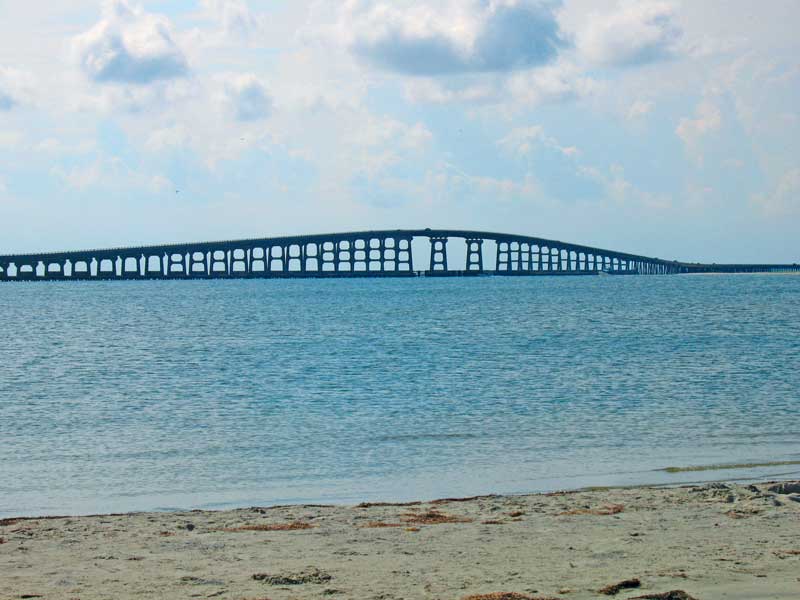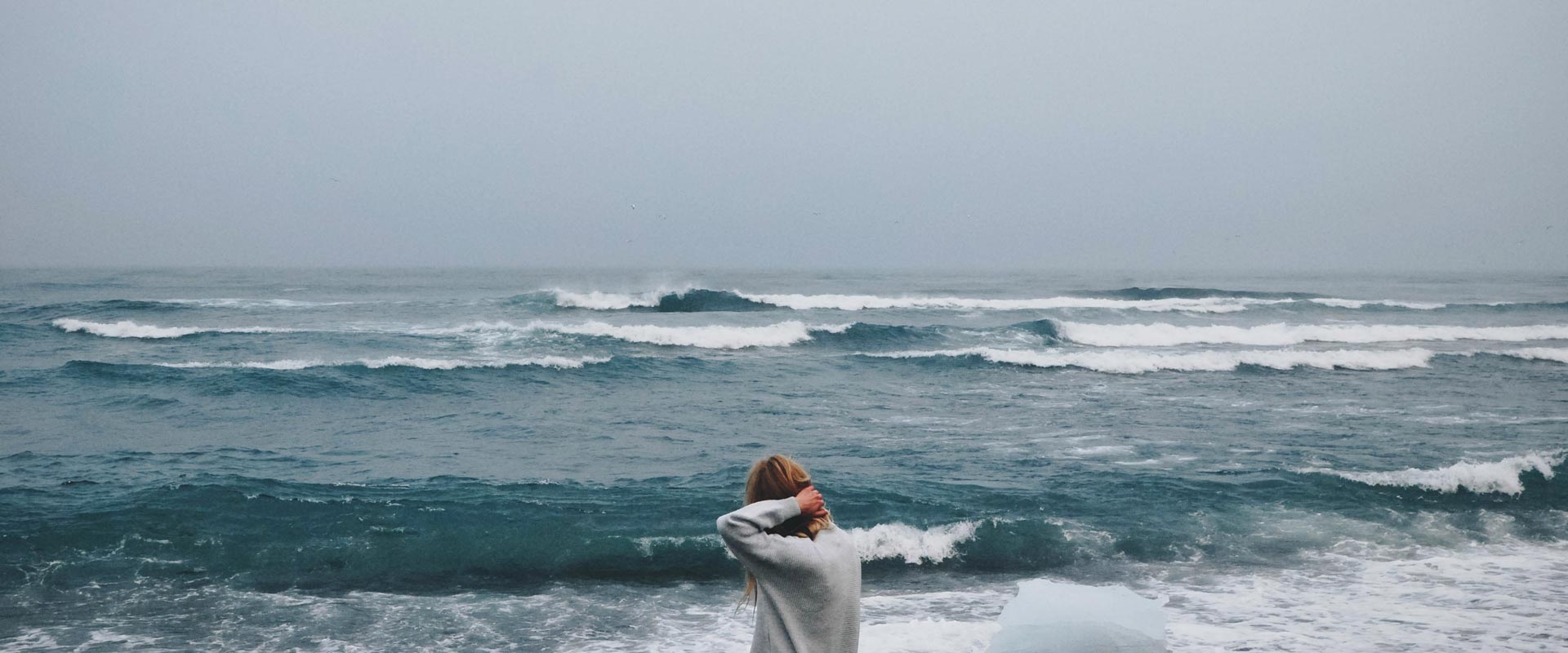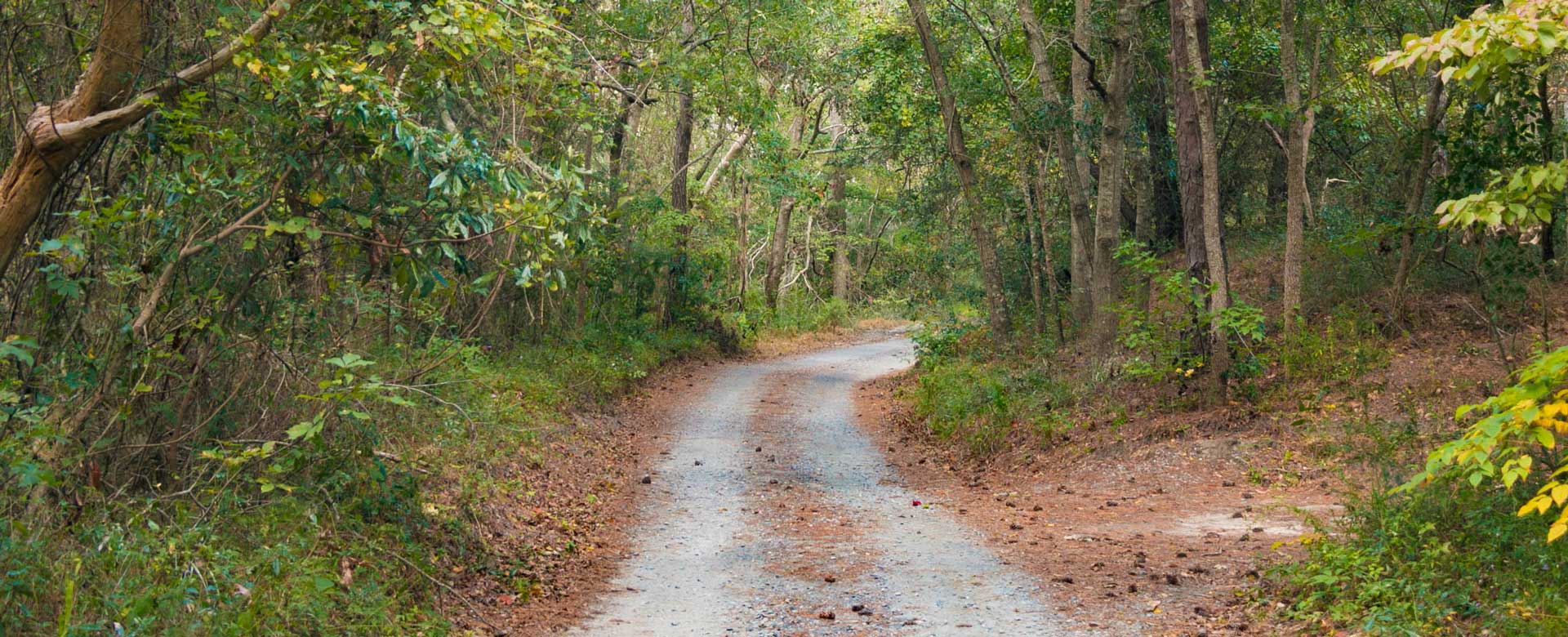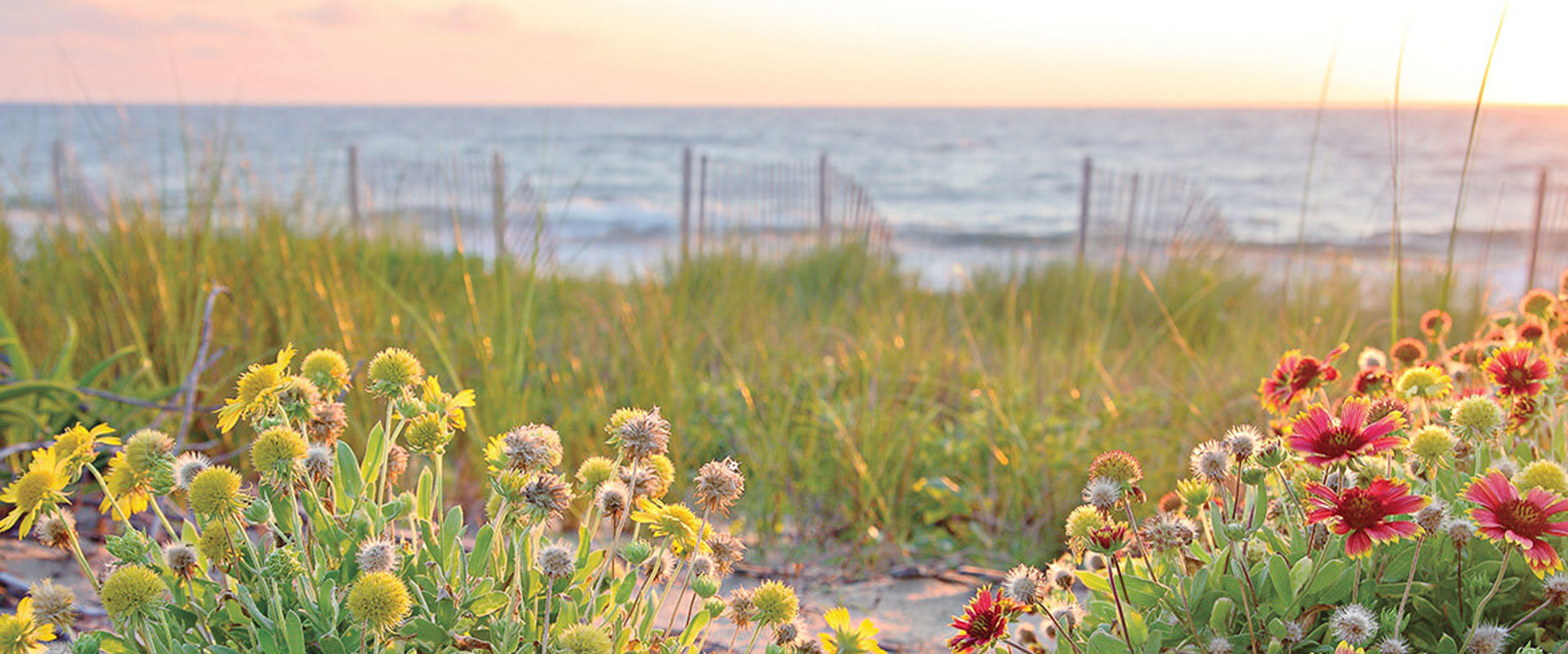Hatteras Island is full of natural beauty and a laid-back vibe that almost everyone loves. Not only is Hatteras Island a beautiful place to live and vacation, but it’s home to a very rich history too! Check out some of the fun, little-known facts about this wonderful, Outer Banks Island.
1. 7 Towns Make Up Hatteras Island
The villages of Rodanthe, Waves, Salvo, Avon, Frisco, Buxton, and Hatteras all make up Hatteras Island as a whole. Rodanthe, Waves, and Salvo are known as the tri-village area and make up the northern part of Hatteras Island. Avon is central to Hatteras Island and Frisco, Buxton, and Hatteras Village make up the southernmost part of Hatteras Island.
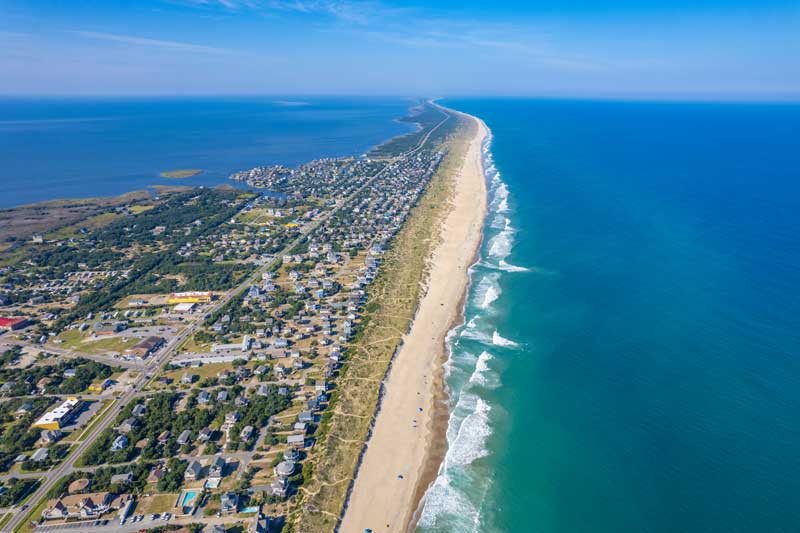
2. Hatteras Island Has Been Occupied Since 500 AD
Historians believe that the earliest residents of Hatteras Island date back to about 500 AD. Made up of small tribes of natives, these first locals lived off of seafood and game caught locally. The natives lived peacefully and never had any challenges with the weather or other tribes in the area. Some historians also believe that the Lost Colony ended up escaping south to Hatteras. Allegedly, they lived amicably among the islands’ native people.

3. Hatteras Is Home to The Graveyard of the Atlantic
There are more than 2,000 shipwrecks off the Outer Banks coast all thanks to The Graveyard of the Atlantic. The ever-moving sandbars, the Gulf Stream that meets the Labrador Current, shifting winds, and hurricanes and nor’easters, create the perfect storm (literally) for taking down ship after ship. Not only did the navigational challenges and weather wreak havoc on passing ships, but humans did as well. The Graveyard of the Atlantic was home to piracy and war. This caused hundreds of wrecks off of the Hatteras Island coast. You can read more here from the Graveyard of the Atlantic Museum.
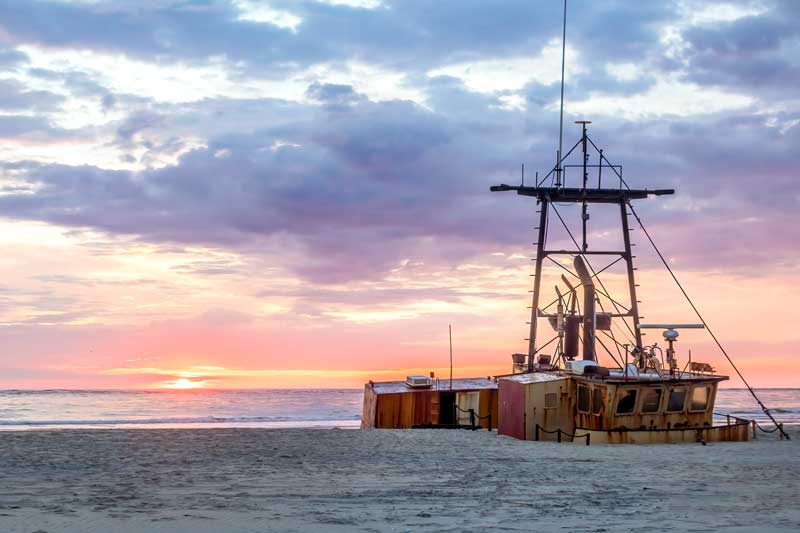
4. A Large Battle In The Civil War Happened on Hatteras Island
A little-known part of Hatteras Island history. On August 28th, 1861, Hatteras Village became grounds for battle. Two Confederate forts on Hatteras Island were fired on by a Union fleet. The forts were small but still posed a threat. On August 29th, 1861, the Union army won its first victory of the Civil War in The Battle of Hatteras Inlet. Read more about the history of the Civil War and Hatteras here.
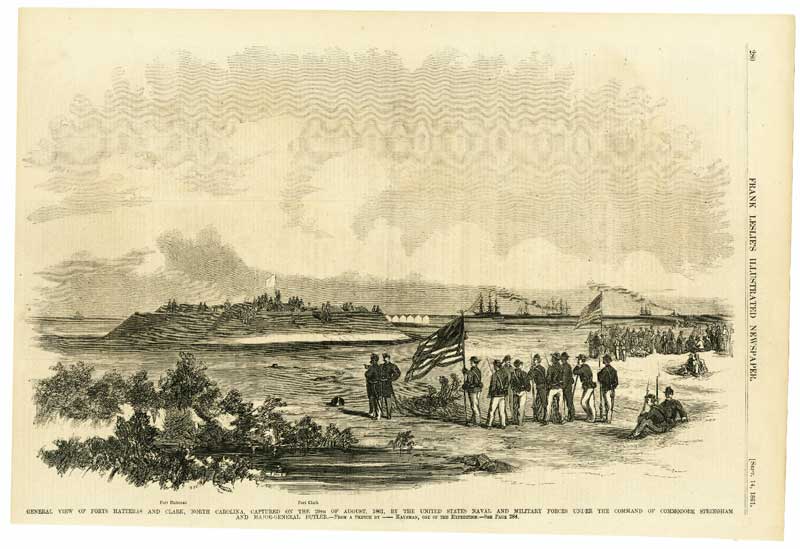
5. Hotel De Afrique Was Founded on Hatteras Island
Enslaved people fled to Roanoke and Hatteras Islands in search of freedom after the Union-won battles on these two Outer Banks islands. After hearing the news of the Union victory in 1861, more African Americans from North Carolina and the surrounding areas fled to the Union-controlled Hatteras Island to seek refuge and freedom. One of the barracks on Hatteras Island that formerly enslaved families called home is known as Hotel De’Afrique. By February 15, 1862, more than 40 formerly enslaved people lived on Hatteras Island in the safe haven of Hotel De’Afrique. Hotel De’Afrique is known as the first safe place for people escaping slavery in North Carolina. It is officially recognized as part of the Underground Railroad Network to Freedom. The Freedmen’s Colony of Roanoke Island wasn’t established until 1862.
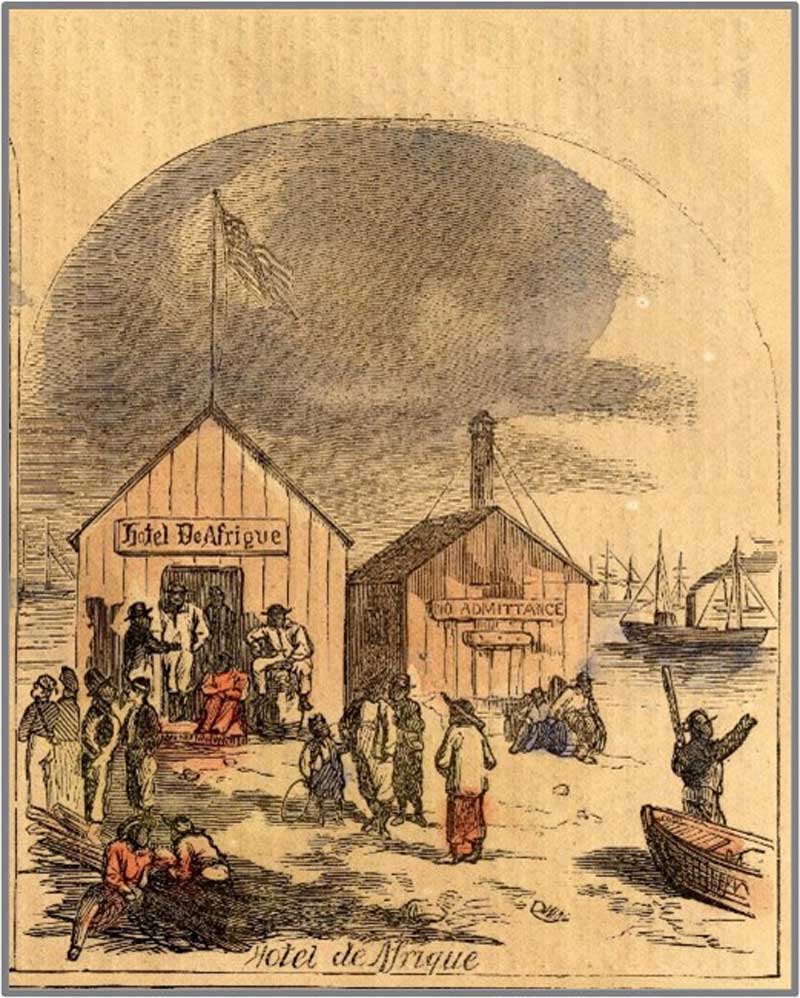
6. In 1963, Travel to Hatteras Island Changed Forever
Before 1963, the only way on to Hatteras Island was by ferry. This made it challenging for visitors and locals alike to get from Nags Head to the island. In 1963, the Bonner Bridge was now open to the public. The new Bonner bridge made access to Hatteras Island easy. It connected the barrier islands to the rest of the Outer Banks. This changed tourism, living, and even storm evacuations forever. The original Bonner bridge, originally slated to last 20 years, stood for 56 and battled OBX weather and ever-changing tides. The new, 2019 Marc Basnight bridge is state-of-the-art and is expected to last 100 years.
